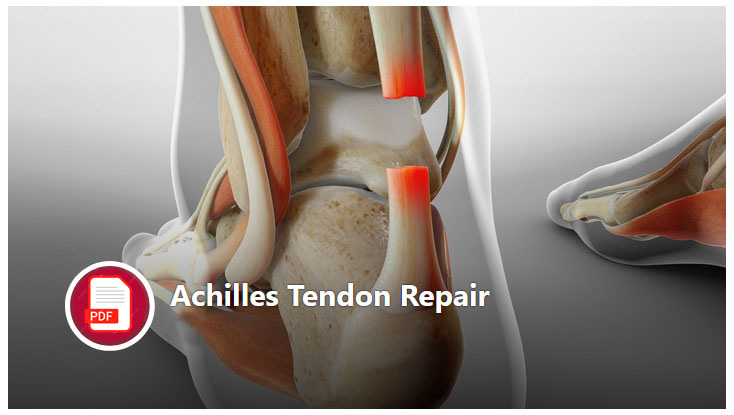Fractures & Trauma
How we can help you
Bones are a complex and living tissue. They are composed of different layers that provide structure and support to the body. Fractures can vary in their location, severity, and complexity. Some common types include comminuted, transverse, and oblique fractures. Fractures can be caused by a variety of factors, including sports injuries, falls, and car accidents. Certain medical conditions like osteoporosis can also increase the risk of fractures. Fractures are diagnosed through a physical exam, X-rays, and sometimes more advanced imaging techniques like CT scans or MRIs. Treatment options depend on the type and severity of the injury and can vary from rest and immobilization to surgery and physical therapy.
Rehabilitation and physical therapy can help improve range of motion, reduce stiffness, and increase strength. Our trained and licensed physical therapists can tailor a program that’s right for you and your specific injury. When physical therapy is not enough, our team of orthopaedic surgeons will provide the best surgical options for the treatment of the most severe fractures.











